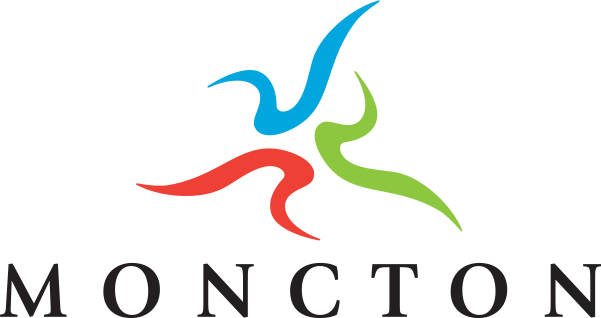Survey of local immigrants shows significant progress in newcomer settlement while challenges continue 2022-05-05

A new survey of immigrants to Greater Moncton shows significant progress being made to help newcomers settle while service gaps continue, according to the head of a LIP council representing area immigrant-serving and supporting groups.
“We’re extremely pleased with the results,” said Angelique Reddy-Kalala, Chair of the Greater Moncton Local Immigration Partnership (GMLIP) and Immigration Strategy Officer for the City of Moncton. “Newcomers are putting down roots and helping us build our community but there is a lot of work still to be done.”
Access to housing, health care, access to Medicare upon arrival and language training are among the key obstacles facing those who arrive, said Reddy-Kalala.
“We’re seeing tremendous progress in the number of people moving here and accessing employment, but we need to ensure services keep pace with growth,” she said. Last year, close to 2,300 immigrants moved to the Greater Moncton area compared to 1,195 in 2019.
Moncton-based Jupia Consultants Inc. designed the newcomer survey, entitled Helping Newcomers Succeed in Greater Moncton (2022). More than 500 people—including 220 international students— completed the online assessment between January 4th and January 26th, 2022. Newcomers learned of the survey through the GMLIP newsletter, social media, and the group’s partner agencies.
John Wishart, CEO of the Chamber of Commerce for Greater Moncton (a GMLIP partner), echoed ReddyKalala’s remarks about the survey.
“Overall, I found the results fairly optimistic,” said Wishart. “Numbers are going up. More people want to stay. More international students want to stay. More seem to be working in appropriate fields for their qualifications. But there still are some gaps that we need to address.”
Like Reddy-Kalala, he noted issues such as health care, language training and housing. “Housing is such a concern for the immigrant community as well as the community as a whole,” he said. “The survey shows that 92 per cent of newcomers rented upon arrival. That points to the need for more affordable housing because a lot of immigrants who come to the region can’t afford the high-rent apartments being built downtown. We need to find a way to create more supply in the mid-range and maybe some with three bedrooms because many immigrant families arrive with more children, and they can’t afford a house right off the bat.”
The GMLIP commissioned a similar immigration survey in January 2021 with future evaluations planned annually, said Mohamed Yessaad, Greater Moncton LIP Project Manager. The surveys are among initiatives being carried out to meet the objectives of the current Greater Moncton Immigration Strategy, he said. Those objectives include expanding and enhancing services to meet the needs of immigrants and fostering better workforce outcomes are key objectives of the current Greater Moncton Immigration Strategy,” says Yessaad. “There has been a lot of feedback that the first few days and months after a newcomer arrives are critical to the long-term retention of immigrants. This survey will help us better understand that period and help us build our action plan for 2022-2023.”
While full results of the recent survey can be found here, highlights include:
- Countries of origin: Newcomers reported arriving from one of 80 countries, up from 50 in last year’s study. Most came from India, Nigeria, Brazil, Morocco, Philippines or Vietnam.
- Retention: Among the respondents, 69 percent were planning to stay in the region in the years ahead. Another 25 percent are planning to stay as long as they get a good job, or some other condition is in place and only six percent are a hard no – they plan to leave the region in the near term (down from 12% last year).
- Employment: Among non-students, the Information Technology sector was reported as the largest employer followed by administrative services, professional services, health care and retail. Among students, the top areas of employment reported were restaurants, retail, administrative services and accommodations. Sixty-four per cent of non-students said they were working in a job appropriate to their education and experience, up from 54 per cent in last year’s survey.
- International students: Ninety-five per cent of international students plan to stay in Greater Moncton after graduation, up from 85 per cent last year.
- Housing: Housing for newcomers continues to be a challenge for students and non-students.Twenty-four per cent surveyed said it took six months or longer to find suitable housing.
- Top challenges for immigrant business owners: Issues included managing the impact of COVID19, business expansion and securing funding.
Among the improvements needed to assist newcomers, Reddy-Kalala and Wishart urged Immigration, Refugees and Citizenship Canada (IRCC) to speed up intake processing times.
“Greater Moncton has pretty ambitious goals for the intake of immigrants,” said Wishart. “Based on the number of permanent residents who arrived last year, I think the sky’s the limit. I think if we can process them, they will come. We need to lean on IRCC to be a little more responsive for the immigrant who is seeking to come as well as the potential employer who may need people to help fill out his workforce.”
Information:
Communications, City of Moncton
communications@moncton.ca